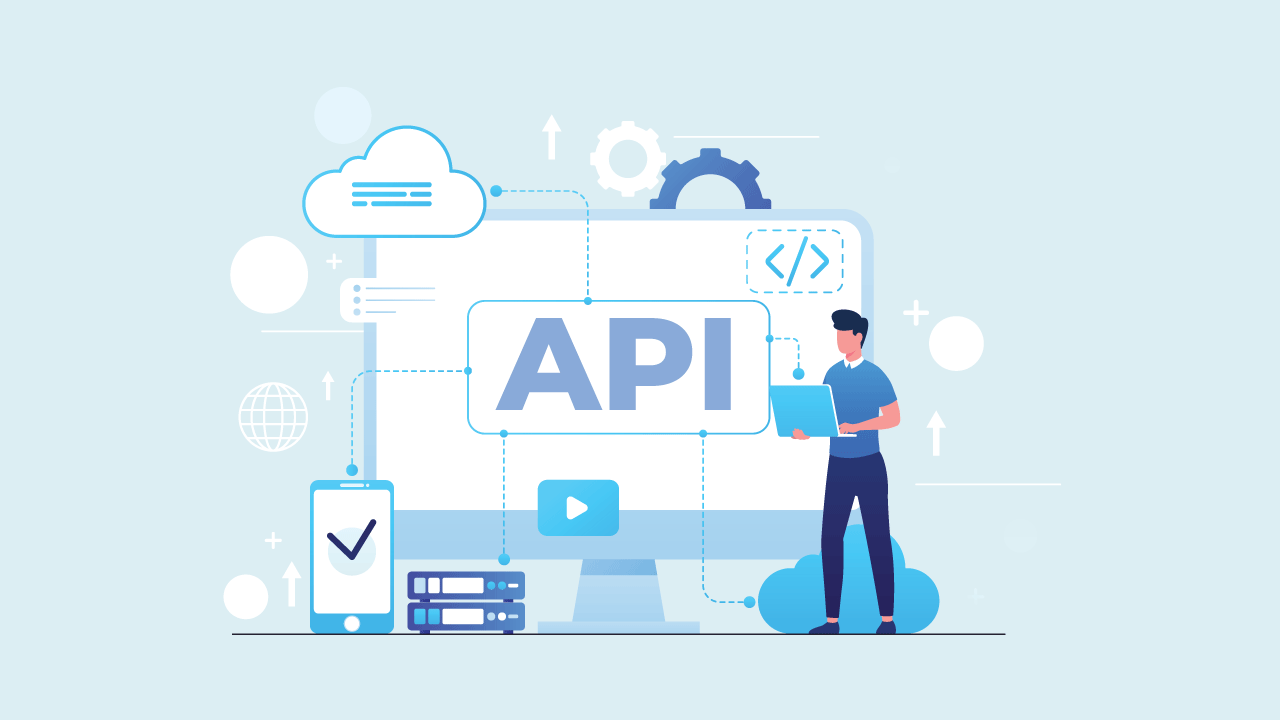Have you ever wondered how your favorite apps seamlessly work together? How can you log in to a new e-commerce platform with your existing social media credentials, or see real-time weather updates while browsing the news? This magic isn’t serendipity; it’s powered by a powerful technology called RESTful APIs (Application Programming Interfaces).
In the not-so-distant past, applications functioned in silos. Imagine a world where your music player couldn’t share playlists with your fitness tracker, and your social media app couldn’t connect with your photo editing software. It was a clunky, disconnected experience. Early integration methods like RPC (Remote Procedure Calls) and proprietary APIs were complex and limited, creating compatibility headaches for developers and hindering user experience.
RESTful APIs (Representational State Transfer) revolutionized application integration by leveraging the familiar world of HTTP, the very protocol that forms the backbone of the web. Just like you use simple commands like “click” or “swipe” to navigate websites, RESTful APIs rely on basic verbs like GET (to retrieve information), POST (to create new data), PUT (to update existing data), and DELETE (to remove data) to perform fundamental operations on resources. This intuitive approach makes RESTful APIs:
Incredibly User-Friendly: Their resemblance to web browsing makes them easy for developers to pick up, reducing development time and ultimately bringing you connected app experiences.
Universally Compatible: Since they rely on HTTP, they effortlessly work across different platforms and programming languages. Think of it like having a universal charger for all your devices – no more compatibility woes!
Highly Scalable: RESTful APIs are built to handle massive data exchanges and distributed systems, making them perfect for the ever-growing web. Imagine a bridge that can handle rush hour traffic without breaking a sweat.
Effortlessly Maintainable: The clear separation between the client application (the app you use) and the server (the app’s data storage) promotes clean, modular code that’s easier to maintain and update. Think of a well-organized toolbox – everything has its designated place, making it easier to find and fix things when needed.
These advantages have propelled RESTful APIs to the forefront of application integration. Tech giants like Amazon Web Services (AWS), Google Cloud Platform, Microsoft Azure, Facebook, and Twitter all expose powerful RESTful APIs that allow developers to integrate their applications with these platforms. This has opened a world of possibilities, from social logins in e-commerce apps to real-time weather updates in mobile weather apps.
The recent rise of cloud computing and mobile applications has further fueled the popularity of RESTful APIs. Cloud-based services rely heavily on APIs to expose their functionality to other applications, and mobile apps often communicate with backend servers using these APIs. RESTful APIs, with their lightweight and standardized approach, are perfectly suited for these dynamic environments.
So, the next time you seamlessly switch between apps or enjoy a feature that integrates data from multiple sources, remember the silent conductor in the background – the RESTful API. It’s the invisible language that orchestrates the beautiful symphony of modern applications, making your digital life smoother, more convenient, and ultimately more connectedSo, the next time you seamlessly switch between apps or enjoy a feature that integrates data from multiple sources, remember the silent conductor in the background – the RESTful API. It’s the invisible language that orchestrates the beautiful symphony of modern applications, making your digital life smoother, more convenient, and ultimately more connected.
Did you know?
FedEx is transitioning from SOAP-based FedEx Web Services to their new FedEx RESTful APIs and has asked all its partners using this funxtionality to move to RESTful APIs before 31st August 2024 (Source: https://developer.fedex.com/api/en-us/home.html).
This means that starting on August 31, 2024, functionalities like tracking, address validation, and postal code validation will no longer be available through the older Web Services. But there’s no need to worry! DAX Software Solutions can help you with a smooth upgrade to the new RESTful APIs, ensuring your integration continues to function without any downtime. By leveraging RESTful APIs, you can ensure your applications stay future-proof and seamlessly connect with the ever-evolving digital landscape.
E: [email protected]
W: https://daxsws.com/
P: +1.818.568.6460

